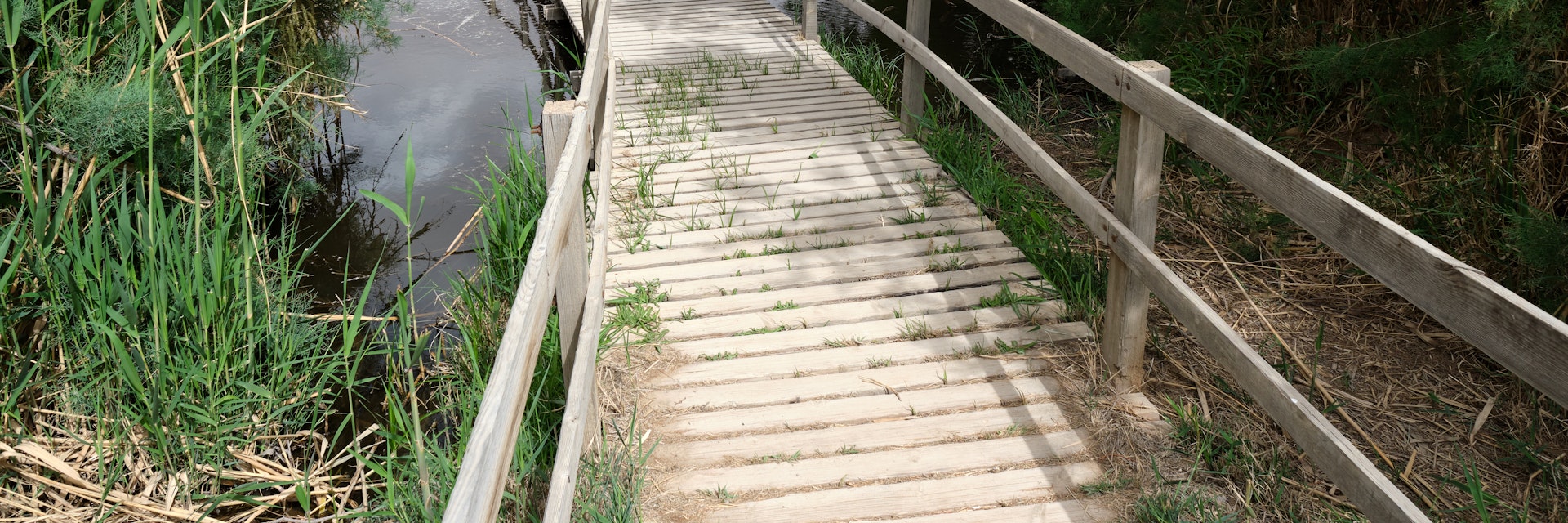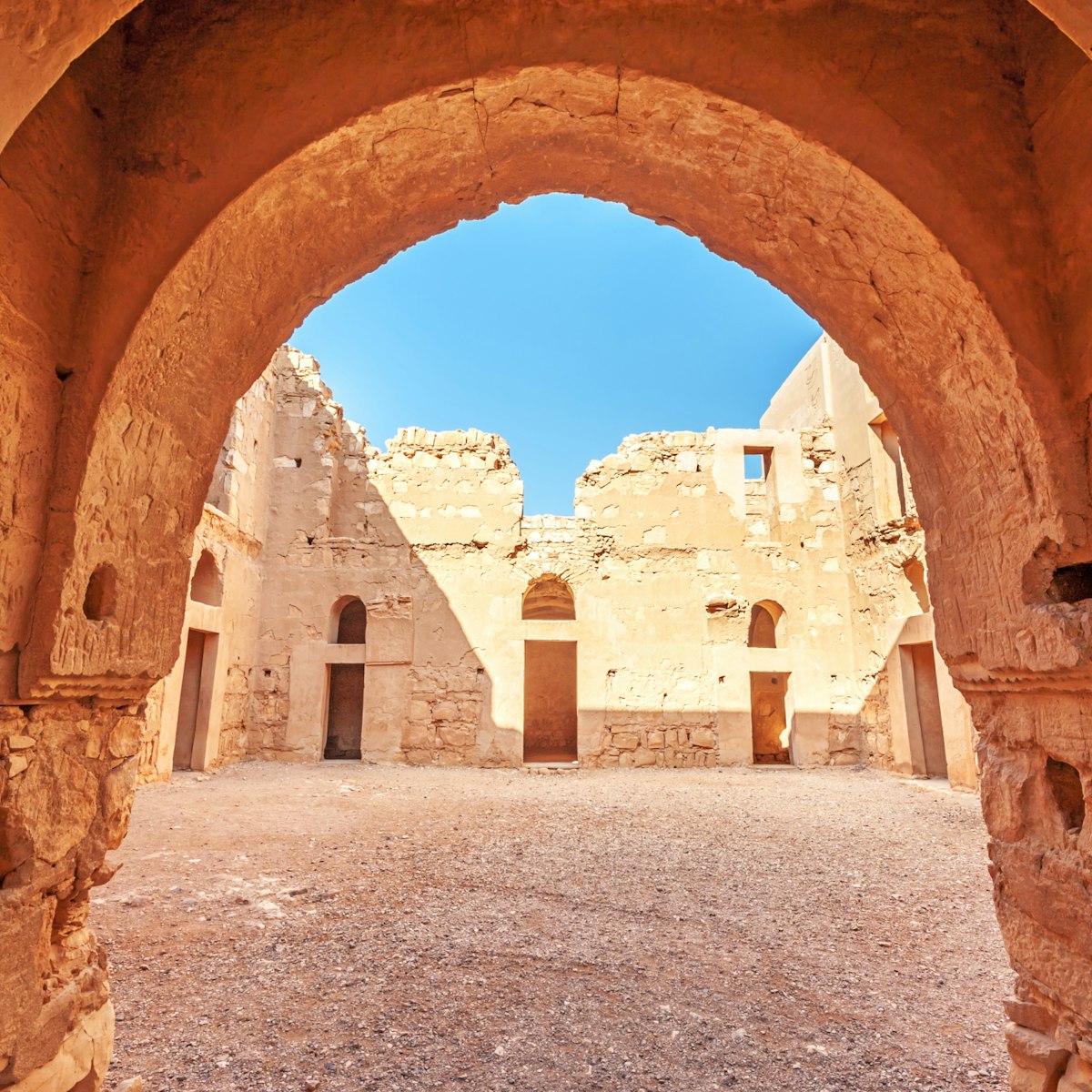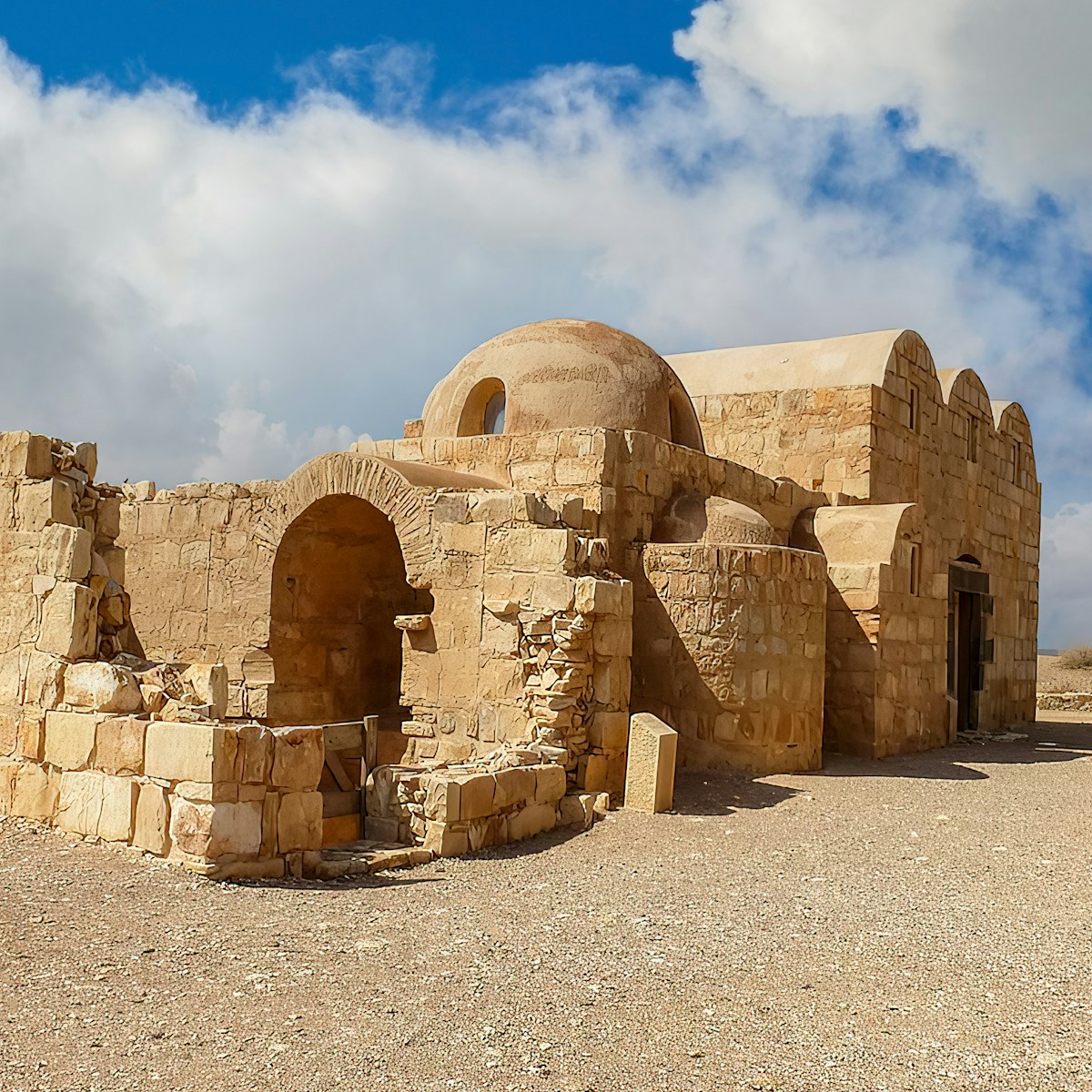For several millennia, the Qa’al Azraq (Azraq Basin) comprised a huge area of mudflats, pools and marshlands, which led to the establishment of Azraq as one of the most important oasis towns in the Levant. Since the mass pumping of water to thirsty Amman, however, the wetlands have almost disappeared. Thankfully, the Royal Society for the Conservation of Nature (RSCN) has worked to preserve and restore the remainder, and they remain a fascinating place to visit.
Although just 10% of the original wetlands remains, about 300 species of resident and migratory birds use the wetlands during their winter migration from Europe to Africa, including raptors, larks, warblers, finches, harriers, eagles, plovers and ducks. A few buffaloes also wallow in the marshy environs, and jackals and gerbils are occasionally spotted in the late evening. The best time to see birdlife is in winter (December to February) and early spring (March and April). Large flocks of raptors steadily arrive in May. Ultimately, however, bird populations are dependent on the water levels in the reserve, and as the water continues to be pumped out quicker than it is pumped in, the future of the oasis remains in jeopardy.
An environmental recovery project of this magnitude is certainly worth support, and the on-site visitor centre has well-documented exhibits detailing the history of the basin's demise and rebirth.
A 1.5km Marsh Trail through the reserve, which takes about 30 minutes to walk, gives an idea of the former beauty of the wetlands. The trail follows natural paths made by water buffalo, which still roam through the wetlands. Take a pair of binoculars and stop at the bird hide to spot ducks squabbling between the seasonal reed beds. A viewing hide overlooking the Shishan springs is worth noting: these springs once watered the entire wetlands, and the cooling sound of the wind amid thick reeds makes you forget how close the desert is.
In 2017 a project to restore a new basin (dubbed the Swiss Pond because of the source of the project's funding) began, pumping water back into the land. When we visited, hordes of tiny frogs were already massing on its banks; within a year it was expected to be packed with reeds and other marsh plants, and attracting birdlife again.
The Azraq Wetland Reserve is located 500m east of Azraq and is signposted off the main road.





